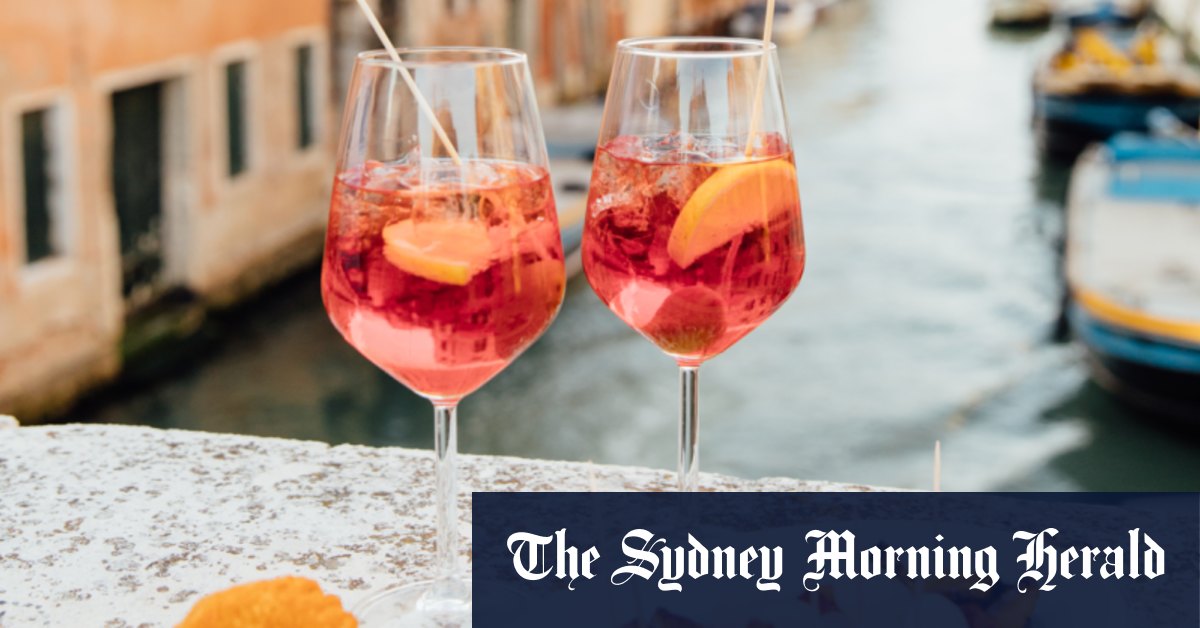These experiences are the tip of a very delicious iceberg, but the point is that food makes the soul sing. It creates memories. When we travel, it helps us learn about a place. Beautifully, it also helps us learn something about ourselves.
I have gotten to know Italy not only by traveling around and living here, but through the food. I have been fortunate to work in the food sector as a writer and eat at the country’s best restaurants, including those housed in former monasteries, farmhouses and trattorias. I have eaten dinner on rooftops, on the street, in markets, in homes and on boats. And after all these meals, I can confirm: food is the way to the heart of Italy.
Food makes the soul sing. It creates memories. When we travel, it helps us learn about a place. Beautifully, it also helps us learn something about ourselves.
MARIA PASQUALE
When I write, I try to inspire and guide. Guide you to that heart and inspire you to explore. Basically, I want to feed your curiosity and encourage you to think about what you eat, where it comes from, and how it relates to where you are. To me, that’s what food is all about: connecting people and places across ages. It is about the past, the present and even the future.
Each of Italy’s regions is part of this time continuum and I love each and every one of them. Maybe not as much, but I love them unequivocally. I’m often asked about favorites and while I say it’s hard to answer, I start to rattle off a few names. Like Sicily.
Clichéd as it sounds, I’ve never found a place or a meal I didn’t like on this magnetic island, from brioche dipped in granita on the western tip of Trapani to the biggest ricotta cannolo of my life in medieval Erice. There’s nothing like the couscous of San Vito Lo Capo, or the baroque architecture of Noto and Syracuse, visited between cruises in the Aeolian archipelago and eating raw cunzato topped with tomato, mozzarella and capers.
And you’ll never forget diving into the majestic jewel and hot mess that is Palermo, with its arancine and delicious gelato, for the first time. The capital of Sicily is one of the world’s most electric cities, and it makes me fall more and more in love with each visit. I continue to travel around Italy and the world, but I just keep coming back to Sicily with its distinct identity of contrast and diversity.
Loading
This region has a long history that is both royal and corrupt: it was once a kingdom and it is no secret that it has been a mafia stronghold. But it is this mixed past, if anything, that gives Sicily so much character and soul, which is beautifully reflected in the variety and depth of the cuisine. Yes, eating is a way of life in Italy, but it seems the Sicilians, with their fiery passion, take it a little more seriously.
Then there is my motherland and fatherland, Abruzzo. From valleys to lakes to the sea, Abruzzo’s landscape has a bit of everything, but generally think mountains: lots of them. Even in summer, the slightly snow-capped peaks of Gran Sasso and the national parks of Abruzzo and Maiella can be seen from the Peligna Valley area, where my parents were born; in Prezza, to be precise. It’s a small, beautiful town, etched into a mountain, and it’s where my love affair with Italy began.
Mum had emigrated to Australia in 1957 and Dad in 1968, and I was born in Melbourne in 1979. But it was as a six-year-old in 1985, during a family trip to Italy, that my first memories of the country were made. . My memories of Prezza and other small Italian towns in the summer were religious festivals and fireworks, eating gelato at my uncle’s bar, stealing sips of my nonno’s homemade wine, and rolling little gnocchi on a wooden board with my nonna. I have always cherished those memories. They were the beginning of my obsession with Italy and my special bond with Abruzzo.
Then there is one of my favorite northern regions, Piedmont. In Australia as a teenager, I took geography classes that placed Turin as a dull, gray city in Italy’s industrial north. “Industrial” never really sounds that sexy, so it didn’t seem like a huge contender for my bucket list. Boy, was I wrong. It is one of the country’s most beautiful, refined cities. Historical museums and galleries are housed in baroque-style buildings reminiscent of Paris or Vienna. The city’s grand squares, elegant shopping arcades and cobbled streets offer glimpses of the surrounding snow-capped Alps, adding to the charming atmosphere. There are bustling cafes where you sit and indulge, bars full of locals with bold red wines in hand at aperitivo hour and restaurants serving traditional Piedmontese food.
Parts of the elegant, mountainous north could no longer be removed from parts of the loud, gritty south. And that’s the beauty of Italy. Its differences, its contrasts and opposites. You will also find all this on your travels and in your restaurants. And in addition to the iconic pizza and pasta, you can expect to find countless street foods and flatbreads, cereals and pulses, cured meats and sweets and cakes. Italy’s cuisines transcend borders, sharing history, tradition, innovation and lessons in art, sustainability and transformation. Food is sustenance, yes, but it also provokes thought, nurtures curiosity and inspires new ideas.
For the Italians, eating is one of life’s great pleasures, and their enthusiasm is wildly contagious. It is a country whose love language has undoubtedly always been and always will be food.
Eating (Reid Books) by Maria Pasquale is out October 29.
Make the most of it Sunday life magazine delivered to your inbox every Sunday morning. Sign up for our free newsletter here.
